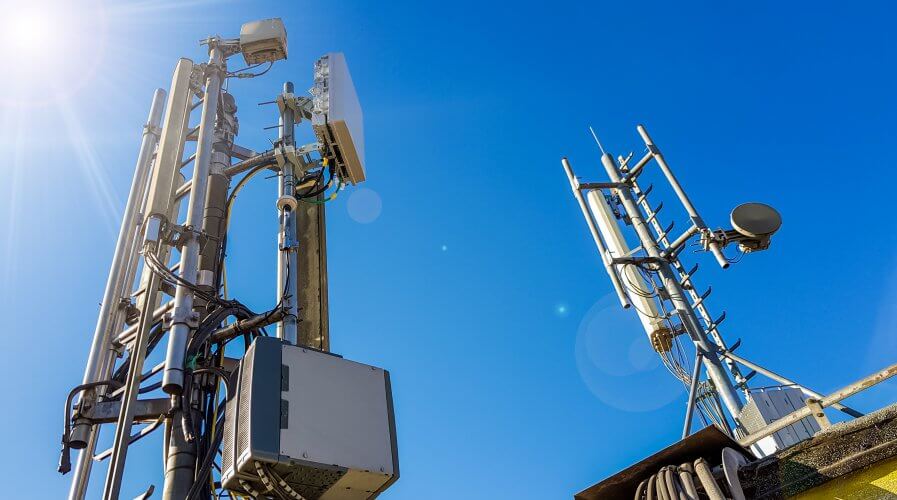
NTT is building tomorrow’s networks today, in their labs. Source: Shutterstock
Successful 100 Gbps wireless transmission brings us closer to 5G
EVERYONE is excited about the possibilities of 5G networks and how it will transform the world by powering experimental solutions built on technologies such as the Internet of Things (IoT) and artificial intelligence (AI).
Network engineers across the world are working hard on different pieces of the puzzle to make 5G a reality by 2019.
They also hope to improve the capabilities of the network in the coming decade in order to facilitate the mountains of data that will be collected from the billions of sensors embedded in the devices that make up the ‘connected ecosystem’ we’re building today.
Japan’s Nippon Telegraph and Telephone Corporation (NTT) seems to be on the brink of a breakthrough: the company has successfully trialed a 100 Gbps wireless transmission using a new principle: Orbital Angular Momentum (OAM) multiplexing.
The company hopes that OAM multiplexing will become the foundation that helps achieve terabit-class wireless transmission to support demand for wireless communications in the 2030s.
The results of this experiment revealed the possibility of applying this principle to large-capacity wireless transmission at a level about 100 times that of LTE and Wi-Fi and about 5 times that of 5G scheduled for launch.
They are expected to contribute to the development of innovative wireless communications technologies for next generation of 5G systems such as connected cars, virtual reality (VR) and augmented reality (AR), high-definition video transmission, and remote medicine.
In a laboratory environment, NTT demonstrated that dramatic leaps in transmission capacity could be achieved by a proprietary system that mounts data signals on electromagnetic waves generated by this new principle in combination with the widely used Multiple-Input Multiple-Output (MIMO) technology.
NTT conducted transmission experiments at a distance of 10 meters in the laboratory using the devised system operating in the 28 GHz frequency band.
Eleven data signals each at a bit rate of 7.2 to 10.8 Gbps were simultaneously generated and carried by multiple OAM-multiplexed electromagnetic waves, thereby achieving large-capacity wireless transmission at a world-first total bit rate of 100 Gbps.

Although experimental results demonstrated the feasibility of OAM multiplexing, NTT admits that deploying it in the real world will require an experimental evaluation of large-capacity wireless transmission in a variety of environments. It’s what the company aims to address in the next phase of its research.
READ MORE
- Strategies for Democratizing GenAI
- The criticality of endpoint management in cybersecurity and operations
- Ethical AI: The renewed importance of safeguarding data and customer privacy in Generative AI applications
- How Japan balances AI-driven opportunities with cybersecurity needs
- Deploying SASE: Benchmarking your approach




